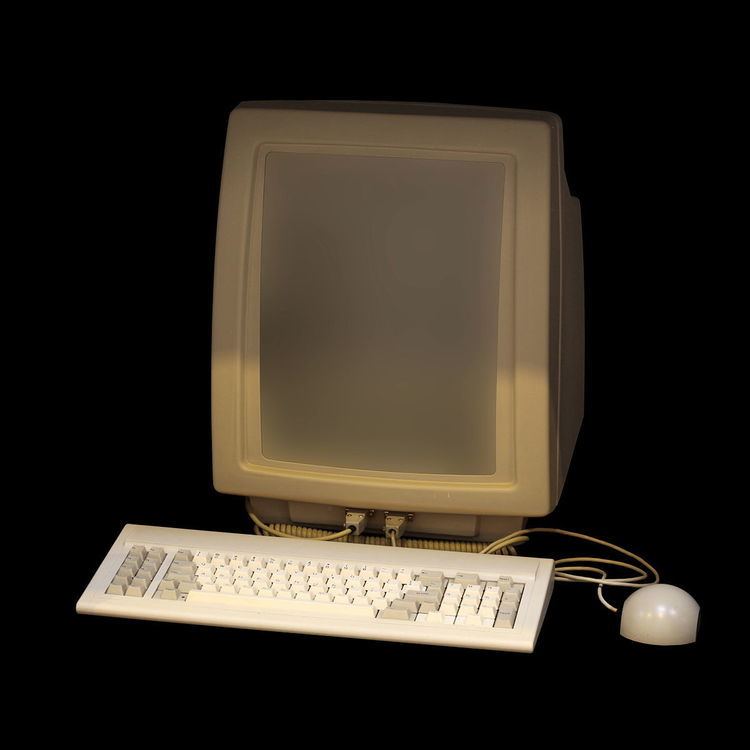 | ||
The DISER Lilith is a custom built workstation computer based on the AMD 2901 bit-slice processor, created by a group led by Niklaus Wirth at ETH Zürich. The project started in 1977 and by 1984 several hundred workstations were in use. It had a high resolution full page display, a mouse, a laser printer interface, and a network interface. Its software was written completely in Modula-2 and included a relational database program called Lidas.
Citing from Sven Erik Knudsen's contribution to "The Art of Simplicity": "Lilith's clock speed was around 7 MHz and enabled Lilith to execute between 1 and 2 million instructions (called M-code) per second. (...) Initially, the main memory was planned to have 65,536 16-bit words memory, but soon after its first version, it was enlarged to twice that capacity. For regular Modula-2 programs, however, only the initial 65,536 words were usable for storage of variables."
History
The development of Lilith was influenced by the Xerox Alto from the Xerox PARC (1973) where Niklaus Wirth spent a sabbatical from 1976 to 1977. Unable to bring back one of the Alto systems to Europe, Wirth decided to build a new system from scratch between 1978 and 1980, selling it under the company name DISER (for Data Image Sound Processor and Emitter Receiver System). In 1985 he had a second sabbatical leave to PARC, which led to the design of the Oberon System. Ceres, the follow-up to Lilith, was also released in 1985.
The mouse of the Lilith was custom-designed, and later used with the Smaky computers. It would go on to inspire the first mice produced by Logitech.
